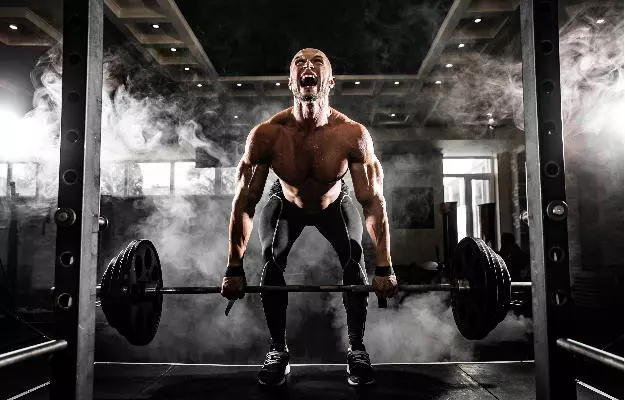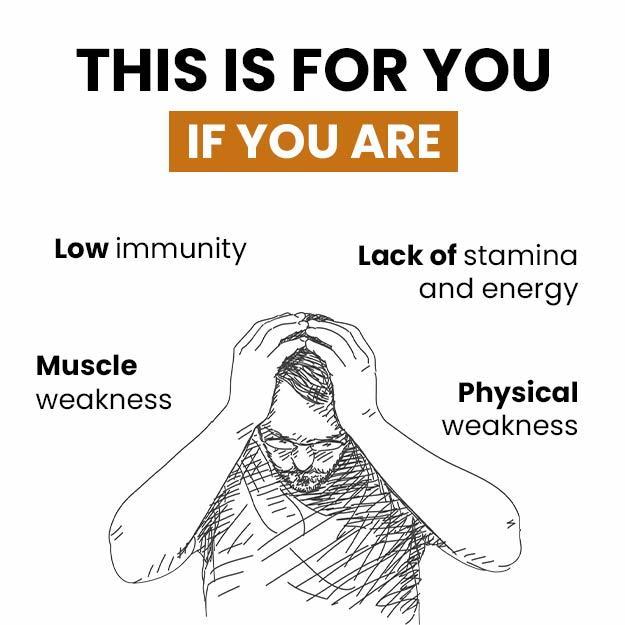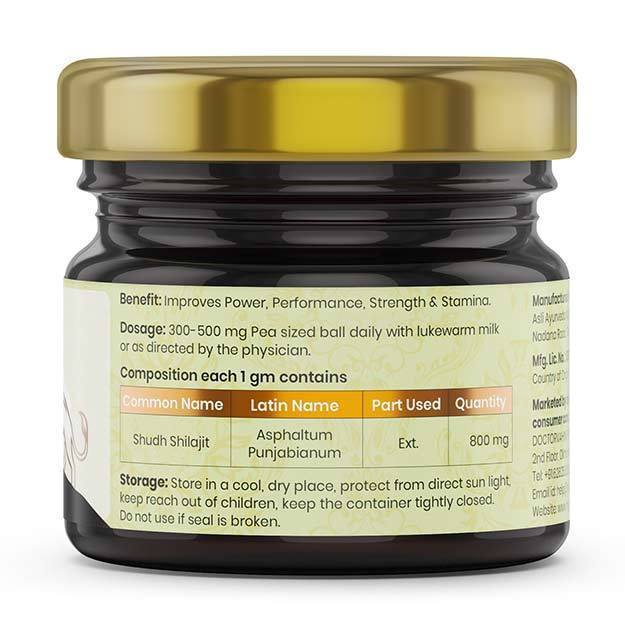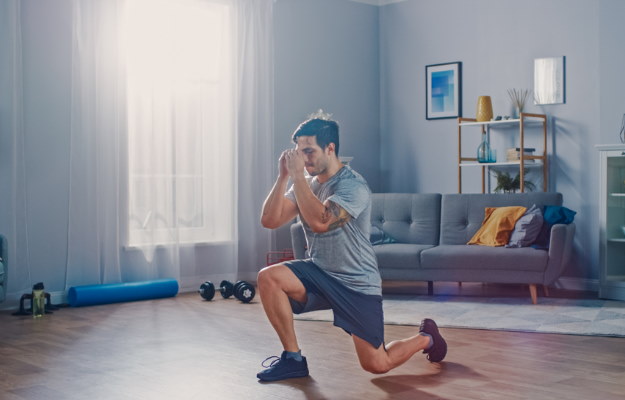Few exercises have as many positive effects on the body as the deadlift. A staple among bodybuilders, fitness professionals and hobby gym-goers alike, the deadlift is a core-crunching, dynamic exercise that has laid the foundation for many exercises that have been developed along its lines over the years.
The essence of the deadlift lies in its simplicity as well as the amount of power one can generate while performing it. It essentially involves picking up a heavy dead weight off the ground - there couldn’t be a simpler (or more appropriate) way to name an exercise, however morbid the reason behind it may be.
It is believed that the word came from soldiers picking up the bodies of their fallen brothers in battle during the Roman empire. Some have an extension to this theory, saying that the technique was developed at the order of their commander who kept seeing his soldiers get hurt while picking up the fallen. As fascinating as they sound, there is no authenticity to either theory. The exercise itself traces its origins back to ancient Greece.
Compound exercises employ multiple muscle groups in a single exercise, resulting in a higher calorie burn as well as improving core strength. The deadlift is no different, as it engages a multitude of muscles, primarily in the lower half of the body, while boosting core strength.
Always perform this exercise under the guidance of a trained professional to ensure correct posture and technique and reduce the risk of injury.







































